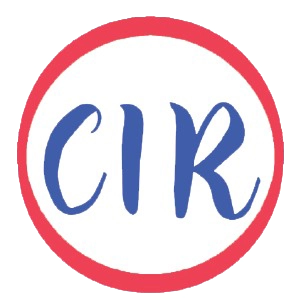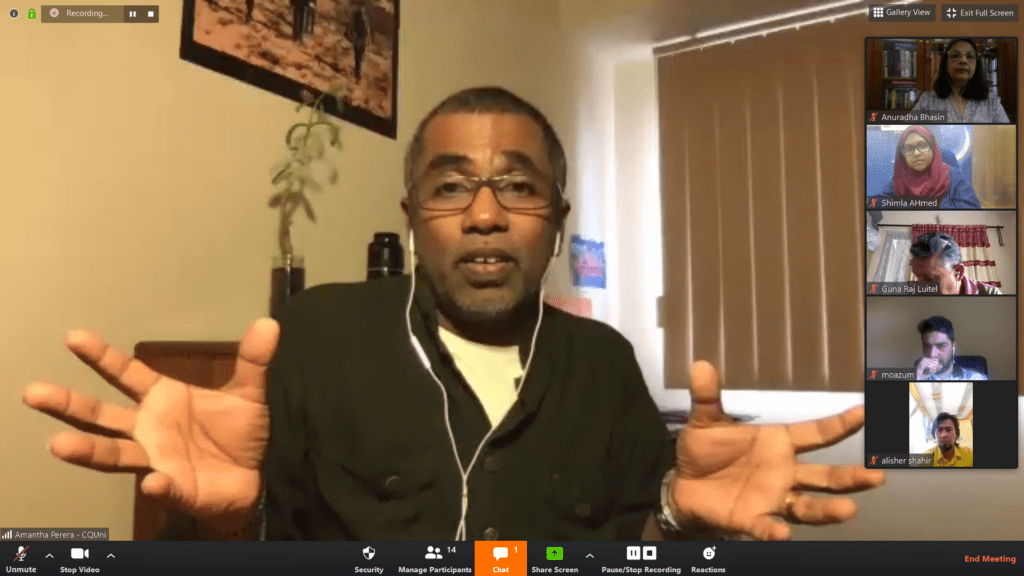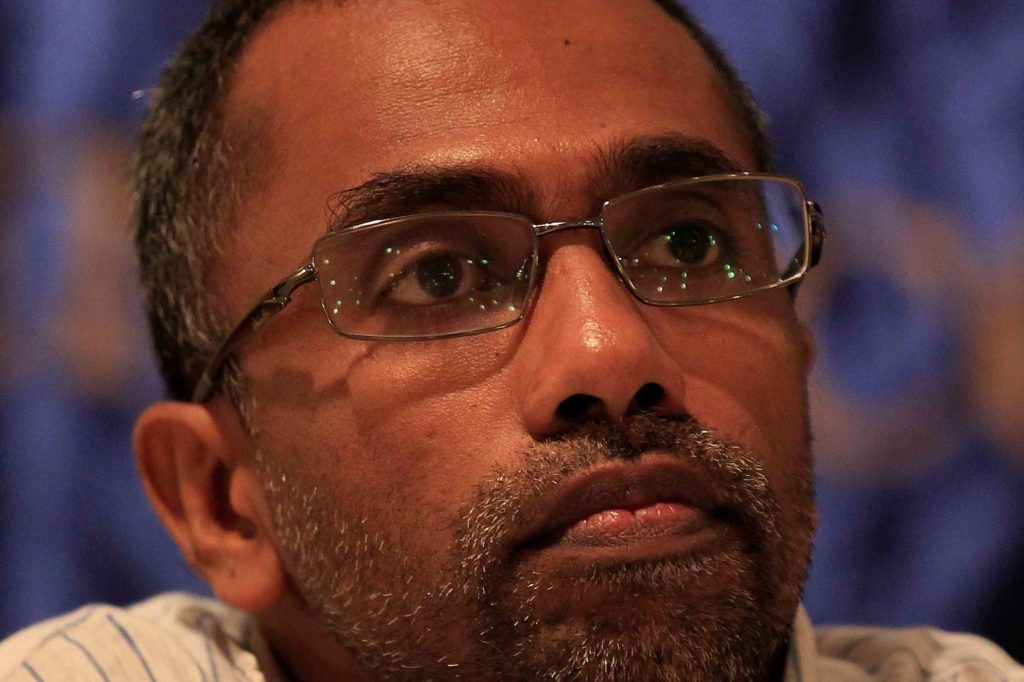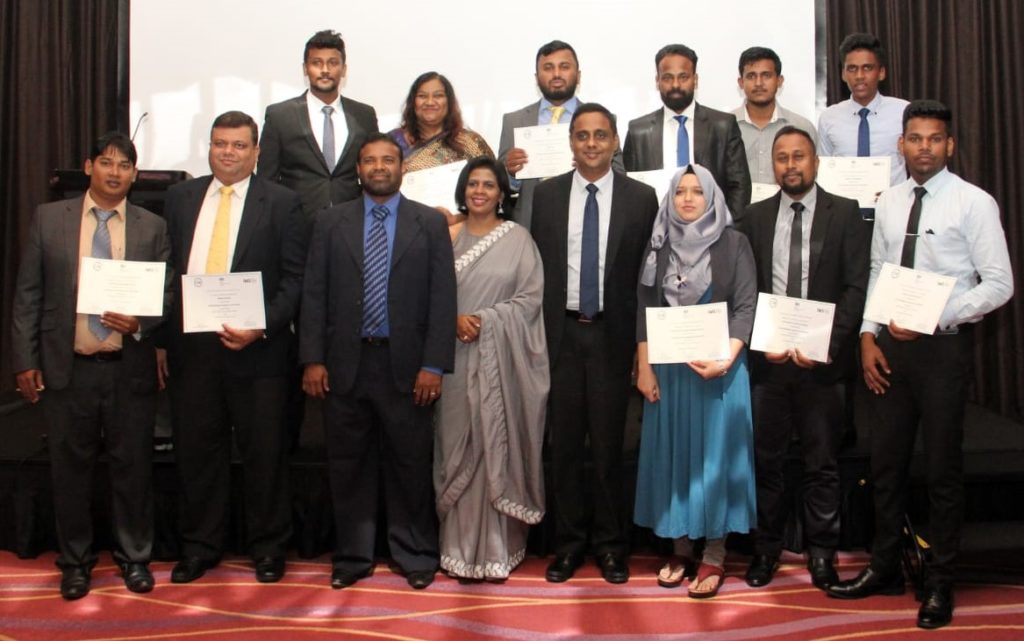Bringing together a diverse group of journalists from across the region, CIR kicked off its South Asia series #1: “Self-care and community care for journalists during and post-COVID-19” on 6 May 2020.

As the world battles against a global pandemic, journalists are in the forefront, telling the COVID-19 story. They are first responders themselves, dealing with multiple challenges, ranging from screaming deadlines, domestic crises, restricted mobility and having to deal with personal safety and well-being.
In these challenging times, journalists play a critical role in keeping their communities informed. COVID-19 has made everyone a health reporter.
But how can journalists cover the global pandemic effectively when they often have to consider self-care and deal with psychological stress, challenges to their own health and safety and an uncertain future? What are the best practices we can draw from?

Amantha Perera, senior journalist, media researcher and trainer engaged with the group during 90 minutes of conversation, looking at self-care, community care, dealing with general, specific and anticipatory anxiety in different settings, developing individual self-care plans, how to ensure post trauma growth and the importance of circles of trust and solidarity building.
Amantha is a researcher with the Creative Arts Research Training Academy, CQUniversity, Australia. His main area of expertise is journalism and online trauma threats. He also works as the Asia-Pacific Coordinator for the DART Center for Journalism and Trauma, Columbia University, USA.




